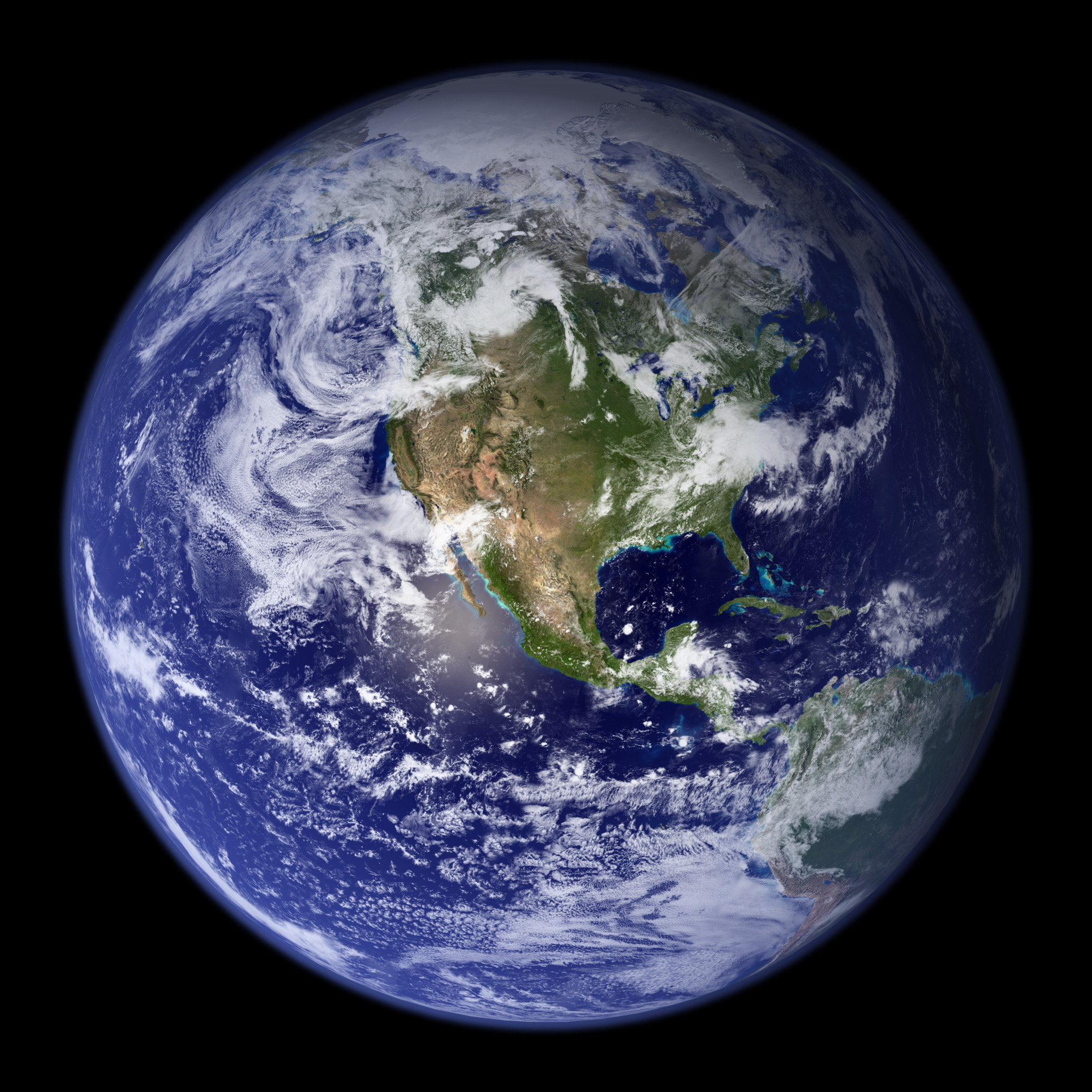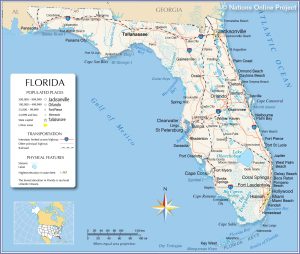How Many Humans Can Earth Support?
 Does Earth have a maximum sustainable population? If you know enough to apply some rule-of-thumb reasoning to ecological systems, you know that the amount of available resources is one limiting factor in the number of a particular life-form that a certain area can support. If there is a drought, the lack of water will probably kill off a lot of vegetation. Without vegetation to graze on or water to drink, the herbivorous animals will either move on or die off. Without prey, most of the carnivores will die. So there is a certain amount of chain reaction involved if one resource suddenly vanishes. Does the same apply to humans?
Does Earth have a maximum sustainable population? If you know enough to apply some rule-of-thumb reasoning to ecological systems, you know that the amount of available resources is one limiting factor in the number of a particular life-form that a certain area can support. If there is a drought, the lack of water will probably kill off a lot of vegetation. Without vegetation to graze on or water to drink, the herbivorous animals will either move on or die off. Without prey, most of the carnivores will die. So there is a certain amount of chain reaction involved if one resource suddenly vanishes. Does the same apply to humans?
It probably does. You hear of people dying of starvation in undeveloped countries and of pollution-related diseases in developed ones. So, obviously, both food and unpolluted air are valuable commodities if you want to live long. This world population clock estimates the number of humans on this planet at about 7.244 billion people as of June 30, 2014 and it’s going up rather rapidly. Common sense tells us that there will be a maximum number of people that this world can reasonably support.
I can practically hear you thinking that I’m going to suggest widespread birth control as a way to stop that growth. My problem with that is that, first, I’ll get howls from the conservative-religious types and, second, I’m kind of a believer in letting women decide what to do with their own bodies. If you want to have kids, you’re not a bad person for feeling ready to bring a child of your own into this world no matter what certain people might tell you. About all I ask is that you consider that many children right here in the United States of America are waiting to find permanent loving homes and forget about any peer pressure you might be feeling. What you should be asking yourself is, are you as an individual ready to have kids?
The biggest issue here is that, as a population grows, it has a tendency to need more space to support itself. Humans have proven to be quite good at spreading out into environments that we didn’t exactly evolve to survive in, simply by having the cleverness to invent useful items like fire, clothing and ways to build our own shelters. You still see individualist survivor types in the Arctic Circle even though that part of Earth isn’t very crowded yet. Seasteads are a pretty popular concept for people who want to do more than just complain about the state of whatever nation they happen to be a part of. Even so, there are only so many places on Earth that one population of humans can expand into without bumping into another population of humans. That comes with all the obvious problems.
The question here isn’t whether we’re ever going to get to the point where Earth simply can’t sustain any more humans without drastic measures. The question is what we’re going to do about it, because it will get to the point where people who are being squeezed out will have nowhere to go but straight up. That’s right, straight up towards those little twinkling lights in the sky you might have seen at night if you’re lucky enough to live in an area that doesn’t suffer from a lot of light pollution. If you’re a supporter of environmentalism who knows that you get so many deer and foxes in new communities because those new communities were built right on top of their habitats, you should also be a supporter of colonizing Mars because there won’t be any deer and foxes to push out when Homo sapiens needs more room.
In truth, I imagine a society many centuries in the future, in which people will probably wonder what the big deal even was. Mars has become the shipyard of the solar system. Ceres makes a pretty good pit stop for those asteroid mining companies. Enough people have left Earth in the hopes of finding their fortune for the landscape to be dotted with numerous ghost towns. Maybe some of them did wind up as frozen human-shaped icicles on display in the “Losers’ Row” that Robert Zubrin so often mentions in How To Live On Mars, but plenty more succeeded spectacularly enough for their names to go into history books everywhere. The entire effort might have even provided enough new technologies and new resources to improve life on Earth to the point where the upper limit of humans that can be supported is no longer even a serious factor. There’s even enough room for the deer and foxes.
Hey, it sure beats the Malthusian model that sees humans as a blight on the Earth. That’s arrogance talking, because Earth has existed long before anything that was recognizable as even remotely related to humans arrived on the scene and will still be around long after humans have become something that would have been unrecognizable to the modern generation of Homo sapiens. Nature is pretty resilient and has rebounded from cataclysms like huge asteroids hitting Earth and volcanic mega-eruptions, both of which are theorized to have caused mass extinctions in the distant past. It’s fair to say that Nature didn’t quite look the same afterwards, but it has ways of filling in the gaps caused by major worldwide disasters.
It’s hard to get around the fact that the human population on this planet is growing. However, it can be planned for using the pressure relief valve that colonizing other planets can provide if we simply remove as many obstacles from the paths of people who actually want to make it work as possible. Making the effort will force us to rethink the way we do things right here on Earth, simply because the people who watch the first Martian colonists will see them growing food in an easily accessible greenhouse and making repairs to the solar panels they rely on for power. It’s not a matter of when or even if we’re going to get to the point where Earth simply can’t sustain any more humans. It’s a matter of whether we can change our thinking so that we can come up with some positive solutions rather than simply complaining about the problem.
Some Books To Read If You Care












